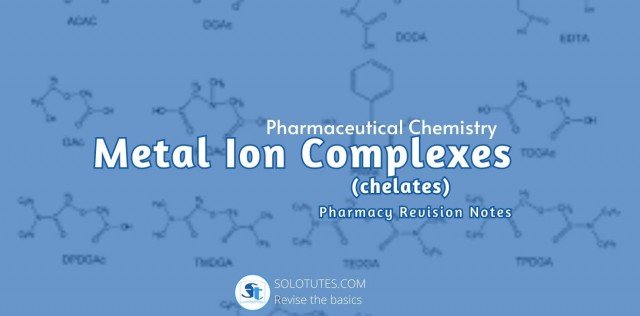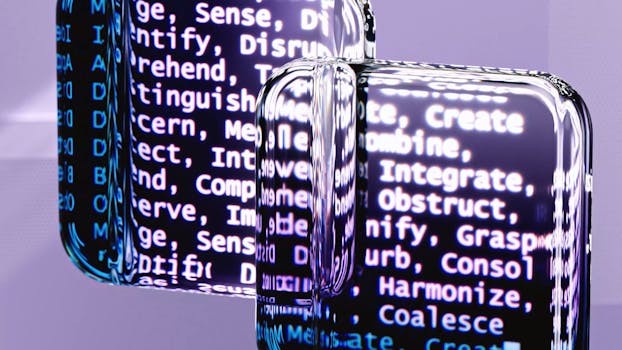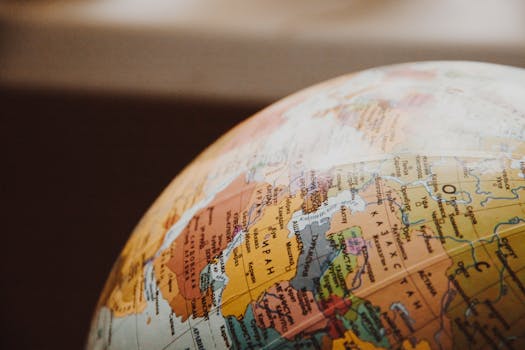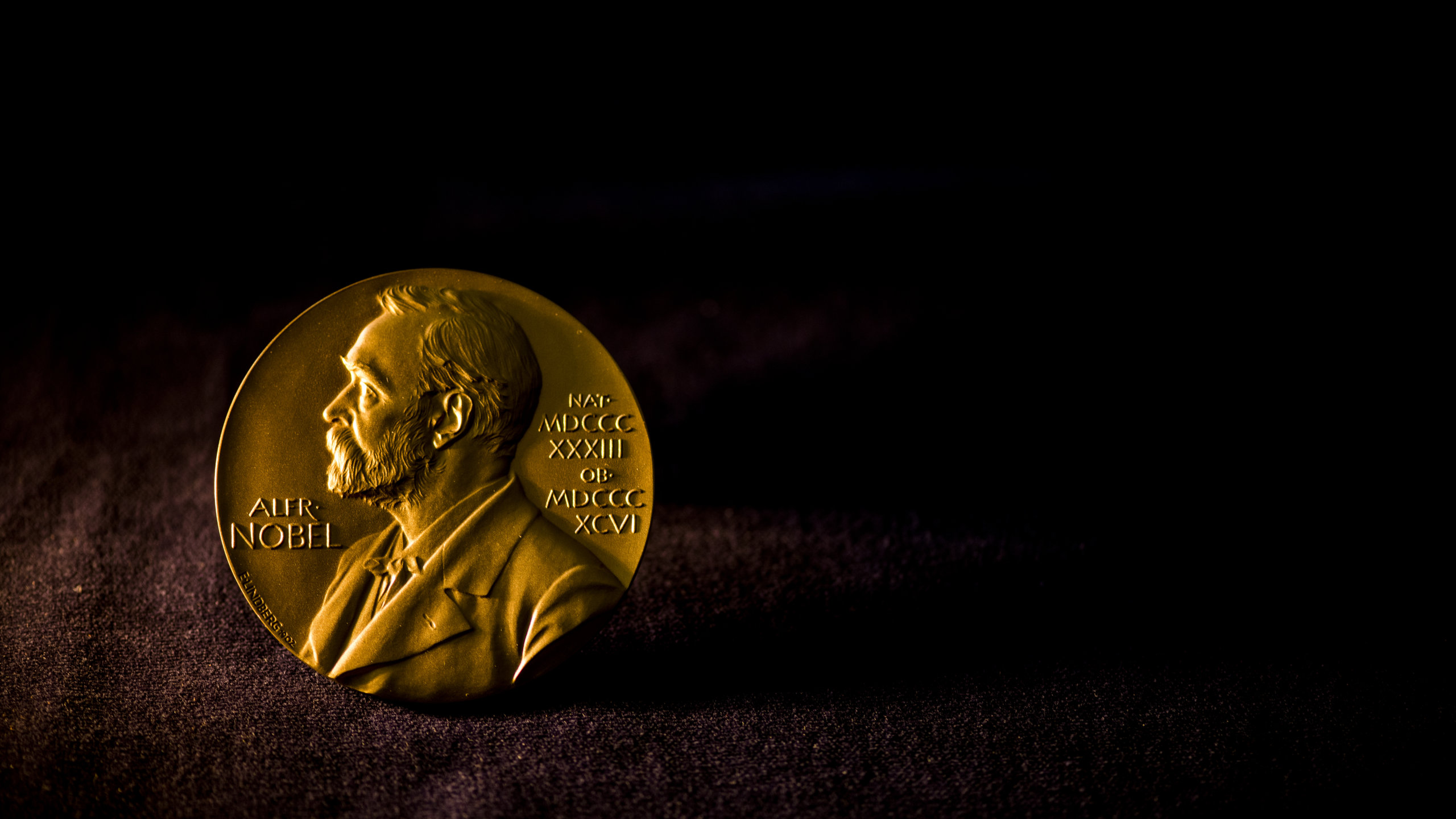Ideal packaging requirements:
They must protect the preparation from environmental conditions.
They must not be reactive with the product.
They must not impart to the product tastes or odors.
They must be nontoxic.
They must be FDA approved.
They must meet applicable tamper-resistance requirements.
They must not be the cause of product degradation.
They must be adaptable to commonly employed high speed packaging equipment
Types of packaging:
Packaging Materials are divided into following broad categories:
(i) Primary
(ii) Secondary
(iii)Tertiary
Primary packaging is the material that first envelops the product and holds it. This usually is the smallest unit of distribution or use and is the package which is in direct contact with the contents. Examples: Ampoules,Vials,Containers ,Dosing dropper ,Closures (plastic, metal) Syringe ,Strip package, Blister packaging.
Secondary packaging is defined as the packaging that lies outside the primary packaging. It is perhaps used to group primary packages together. Example: Paper and boards, Cartons ,Corrugated fibers ,Box manufacture.
Tertiary Packaging materials are those which are the outermost bulk pack. Generally is used for bulk handling , warehouse storage and transport shipping. Example. shippers, boxes, tapes. Apart from primary and secondary packaging, two types of special packaging are currently in use, as follows: Unit-dose packaging: This packaging guarantees safer medication by reducing medication errors; it is also more practical for the patient. It may be very useful in improving compliance with treatment and may also be useful for less stable products. Device packaging: Packaging with the aid of an administration device is user-friendly and also improves compliance. This type of packaging permits easier administration by means of devices such as pre-filled syringes, droppers, transdermal delivery systems, pumps and aerosol sprays. Such devices ensure that the medicinal product is administered correctly and in the right amount
Types of packaging materials:
I) Glass
II) Metals
III) Rubbers
IV) Plastics
V) Fibrous material
VI) Films, Foils and laminates
Glass:
Glass has been widely used as a drug packaging material.
Composition of Glass: Sand (Silicon dioxide),Soda Ash(sodium carbonate),Lime stone (calcium carbonate),Cullet(broken glass)-Aluminium, Boron, Potassium,Magnesium,Zinc,Barium. Amber: light yellowish to deep reddish brown, carbon and Sulphur or iron and manganese oxide. Yellow: Compounds of cadmium and Sulphur. Blue: Various shades of blue, Cobalt oxide or occasionally copper(cupric) oxide Green: Iron oxide, manganese dioxide and chromium dioxide.
Types of glass
• Type I ( Neutral or Borosilicate Glass)
• Type II ( Treated Soda lime glass)
• Type III ( Soda lime glass)
• Type NP ( General purpose soda lime glass)
• Coloured glass
• Neutral glass
.png)


















.jpg)








 a quick overview on Nobel Prizes
a quick overview on Nobel Prizes